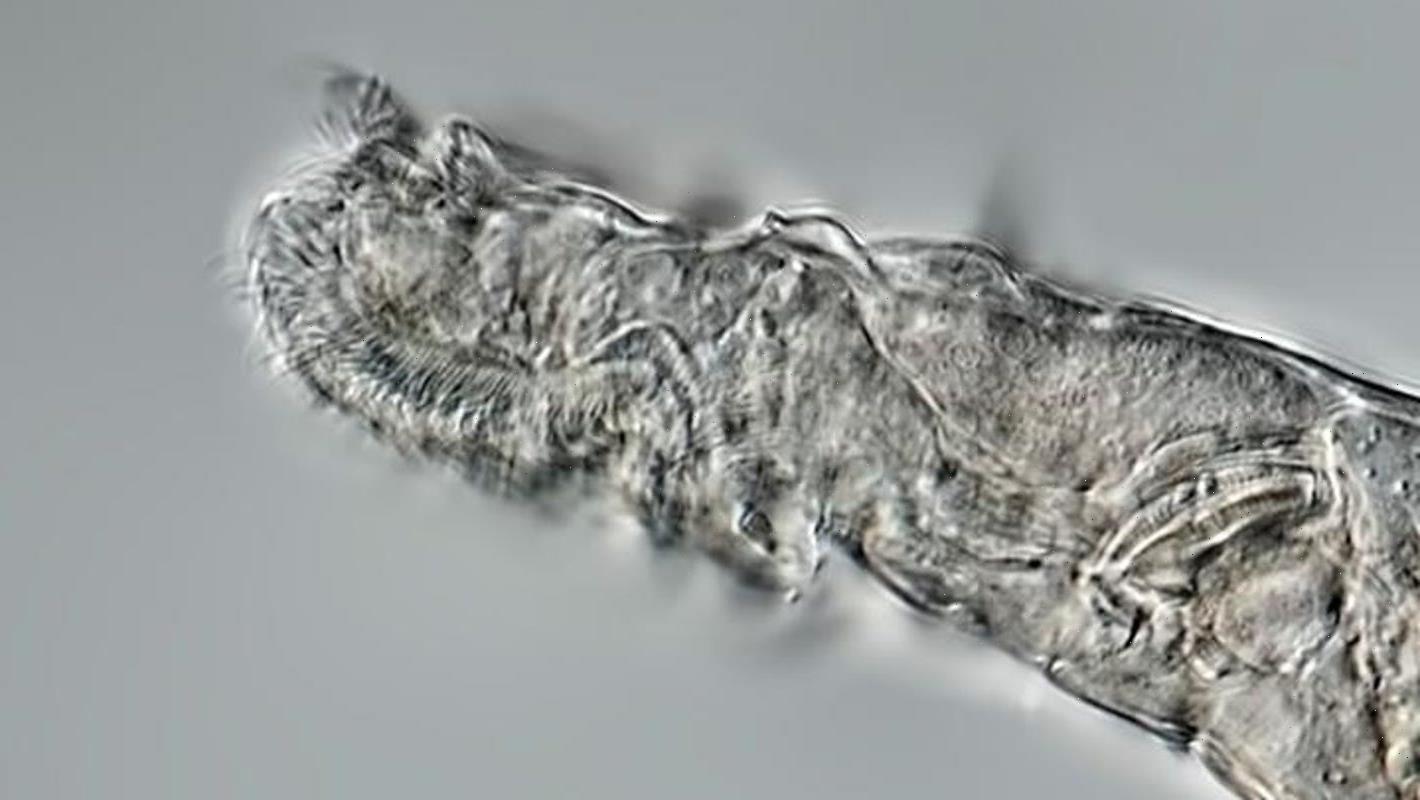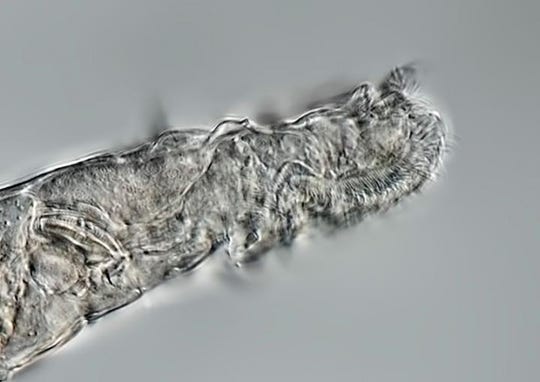A microscopic animal has come back to life and successfully reproduced after being frozen for 24,000 years, according to a study published by Russian scientists on Monday.
Bdelloid rotifers, are known for their ability to survive extremely low temperatures, as it has been seen they could survive six to 10 years in temperatures as low as -4 degrees Fahrenheit. Samples of the animal were taken from frozen soil extracted from permafrost in northeastern Siberia.
When they were taken back to the lab, not only did they thaw, but the rotifers reproduced asexually using a process called parthenogenesis. They were also able to feed.
“Our report is the hardest proof as of today that multicellular animals could withstand tens of thousands of years in cryptobiosis, the state of almost completely arrested metabolism,” said Stas Malavin, a researcher at the Soil Cryology Laboratory at the Pushchino Scientific Center for Biological Research in Russia.
The bdelloid rotifers, a microscopic animal found in northeastern Siberia. (Photo: Courtesy: Michael Plewka)
Once thawed, the bdelloid rotifer was able to reproduce asexually using a process called parthenogenesis. (Photo: Courtesy: Michael Plewka)
The study, published in Current Biology, also found the found the animals could withstand the formation of ice crystals that happens during slow freezing, suggesting that it has some mechanism to protect all body parts from extreme low temperatures.
The rotifers are just one of many organisms to have survived thousands of years frozen. Nematodes, a type of worm, were revived in 2018 from Siberian permafrost in sediments that were more than 30,000 years old.
Dead mammals, like mammoths, have been found in permafrost before, and although there is a giant size difference between those animals and the rotifers, Malavin said the discovery represents progress.
“Of course, the more complex the organism, the trickier it is to preserve it alive frozen and, for mammals, it’s not currently possible. Yet, moving from a single-celled organism to an organism with a gut and brain, though microscopic, is a big step forward,” he said. “The takeaway is that a multicellular organism can be frozen and stored as such for thousands of years and then return back to life – a dream of many fiction writers.”
Follow Jordan Mendoza on Twitter: @jord_mendoza.
Source: Read Full Article


